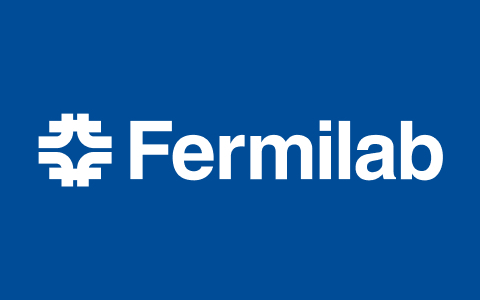Fermilab site reopens to the public, welcomes visitors
Beginning March 28, Fermilab will again be open to the public for outdoor activities, such as biking, hiking, running and viewing the bison herd.

131 - 140 of 749 results
Beginning March 28, Fermilab will again be open to the public for outdoor activities, such as biking, hiking, running and viewing the bison herd.
Starting in September, McBride will lead one of the largest scientific collaborations in history.
The two Fermilab scientists were recognized for distinguished contributions to the field of physics: experimental particle physics and accelerator physics, respectively.
Polish university will contribute cryogenic distribution system for the PIP-II project, an upgrade of Fermilab’s accelerator complex.
After less than a year of data taking, DESI has already mapped out more galaxies than all previous 3D surveys combined — and it’s just getting started.
For years, scientists have wondered how the observed afterglow of the Big Bang relates to the distribution of galaxies in our universe. Now, thanks to a new map of dark matter, they have direct evidence that a cold region in the afterglow coincides with the lack of matter in the same patch of the sky.
Physicists are revisiting what they previously assumed about how dark matter interacts with itself.
Scientists at the Fermilab-led Superconducting Quantum Materials and Systems Center have discovered that nanohydrides, variants of an imperfection found in advanced superconducting materials for particle accelerators, also affect industrially produced superconducting qubits.
As part of the international Deep Underground Neutrino Experiment, a UK-US collaboration is preparing for industrial scale production of large particle detector components. This fall, it’s taking the first ones for a final test-drive.
Large, powerful magnets are a vital component of particle accelerators. The general rule is, the stronger the magnetic field, the better. For many particle accelerator applications, it is as important how fast a magnet can reach its peak strength and then ramp down again. A team at Fermilab now has achieved the world’s fastest ramping rates for accelerator magnets using high-temperature superconductors.